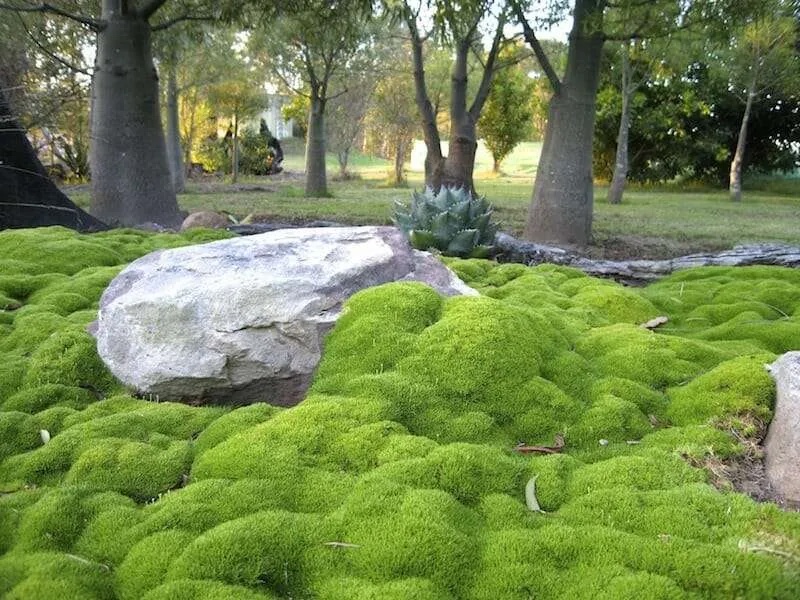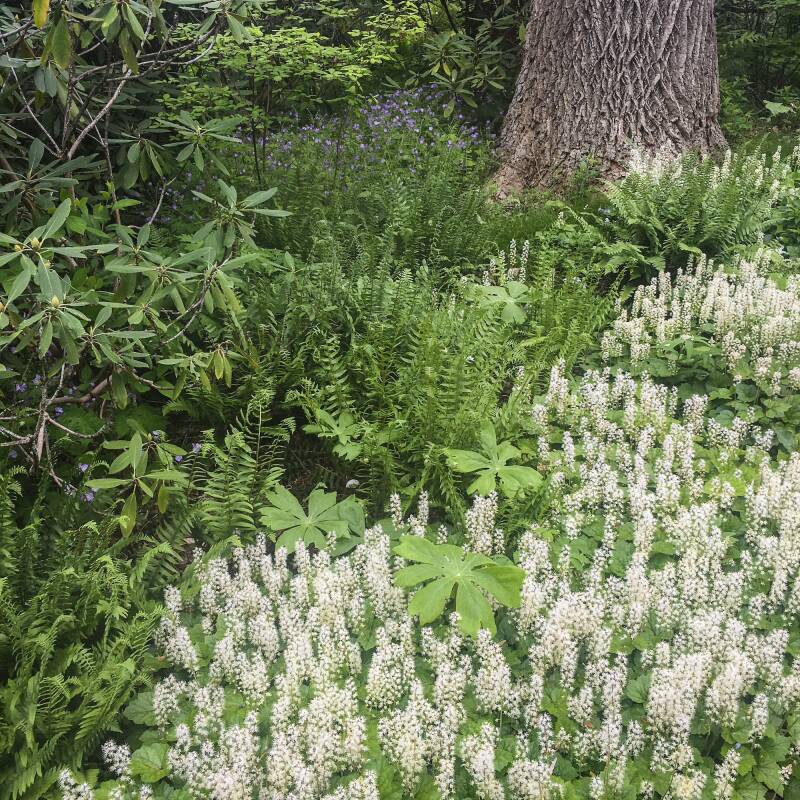No two air plants look identical. And most varieties aren’t labeled at the plant store. So how do you tell them apart?
It’s a tougher job than you might think. These aerophytes, which are native to the warm climates of Central America and Mexico, have been cross-bred to create countless hybrids over the years.
“You are never really going to see two air plants that are identical,” says Ryan Lesseig, co-owner with his wife Meriel of Tampa, FL-based Air Plant Design Studio. “The reason is that air plants were very popular back in the ’70s, and what happened was people focused on breeding new types, so now you have a lot of crosses.”
In fact, says Lesseig, two plants of the same species may look completely different, depending on factors such as climate. “The same type will look different in Florida and in California,” he said.
Lesseig, who raises and sells online about 50 varieties of air plants, was able to ID some of mine. For others, he can identify a cousin or two:

Above: Photograph by John Merkl for Gardenista.
1. Tillandsia bulbosa
But which bulbosa? Its smaller companion (Shown Upper Left) is a Butzii, says Lesseig, adding that No. 1 looks “like a cross between a butzii and a Caput Medusae.” A Butzii and a Caput Medusae are $4.99 apiece at Air Plant Design Studio.
The trick to making any bulbous variety of air plant happy is to shake the droplets out of its bulb after watering so it doesn’t rot.
2. Velutina
Lesseig at first said he was stumped by this air plant; later he emailed me that “it looks like a Velutina.” What do you think? Does it look like this 4-Inch Tillandsia Velutina ($2.95 from CTS Airplants via Etsy)?
3. Brachycaulos
With its stiff, dagger leaves, “that one looks like a Brachycaulos x Abdita,” says Lesseig. It’s a hybrid of the brachycaulos species native to Mexico and Central America.
4. Ionantha
Easy one to ID, says Lesseig: “It’s an Ionantha Guatamala.” It is $3.25 at Air Plant Design Studio.
The Ionantha varieties are particularly popular because they’re hardy and low-maintenance. (After a year in my care, mine still look perfectly healthy and happy despite benign neglect.)
5. Streptophylla
Native to the dry climates of Mexico and Central America, Streptophylla is easy to ID because as it gets bigger, its leaves start to curl into ringlets. Says Lesseig, “Those brown-tipped leaves start to appear as it gets older.”
Misting will help keep the leaves green.
6. Concolor
Hard to tell for sure, but…”looks like a Concolor,” says Lesseig. (Compare it to this 3-4 Inch Tillandsia Concolor, available from CTS Airplants via Etsy.)
Wondering how to keep an air plant happy? See Gardening 101: How to Water an Air Plant.
Finally, get more ideas on how to successfully plant, grow, and care for air plants with our Air Plant: A Field Guide.
Finally, get more ideas on how to plant, grow, and care for various houseplants with our Houseplants: A Field Guide.
Interested in other tropical plants for your garden or indoor space? Get more ideas on how to plant, grow, and care for various tropical plants with our Tropical Plants: A Field Guide.


















Have a Question or Comment About This Post?
Join the conversation (2)